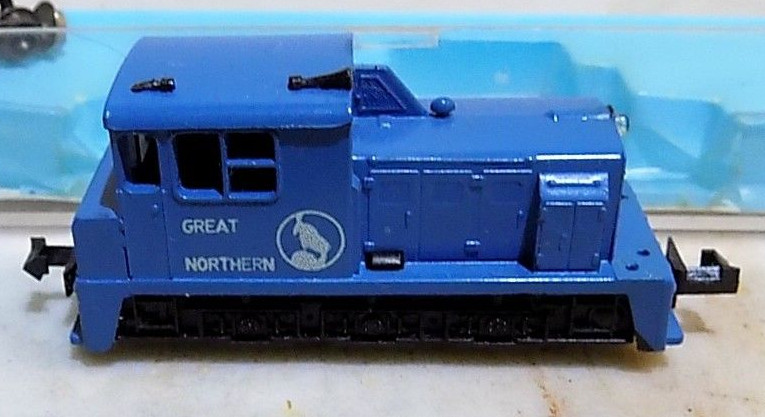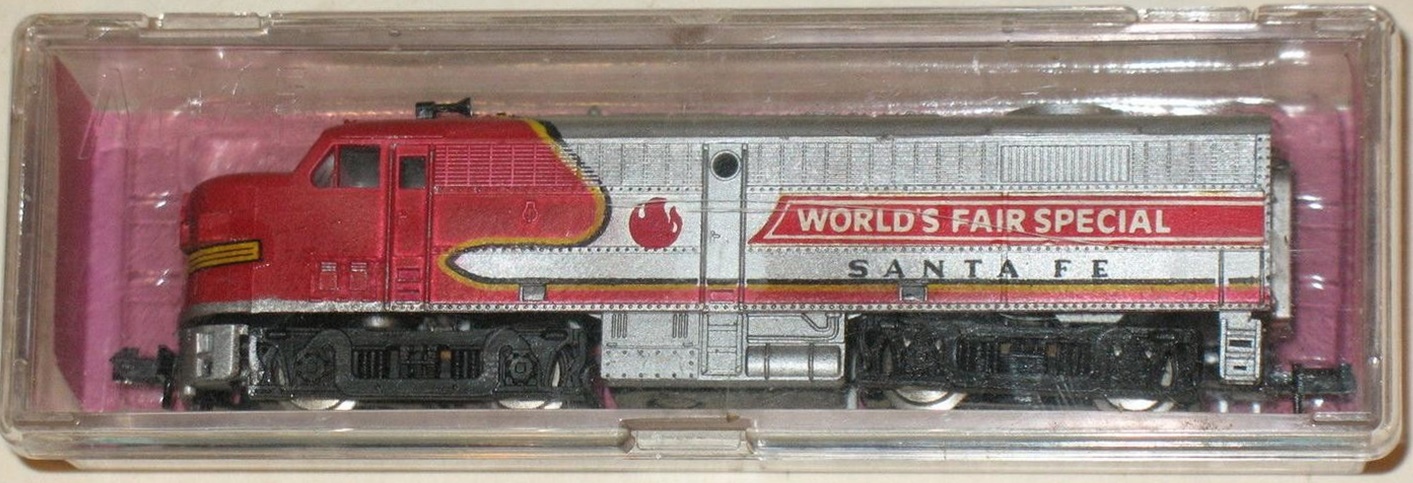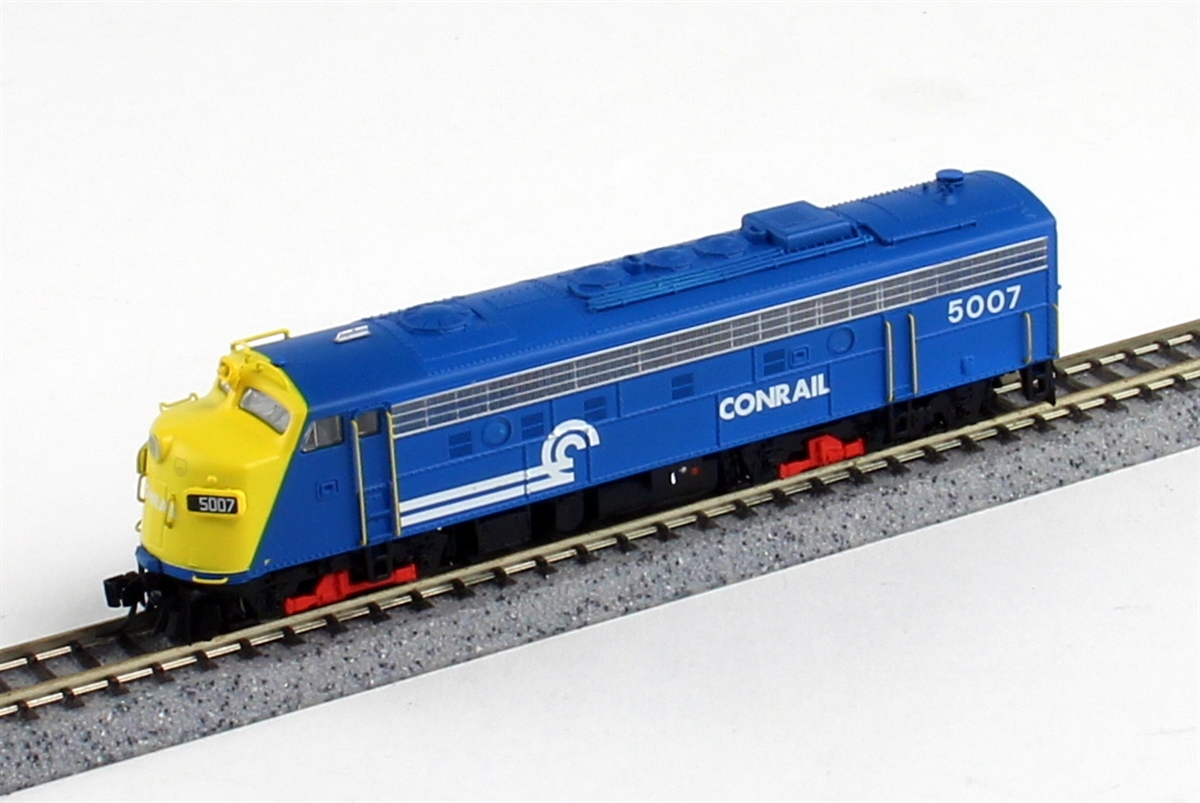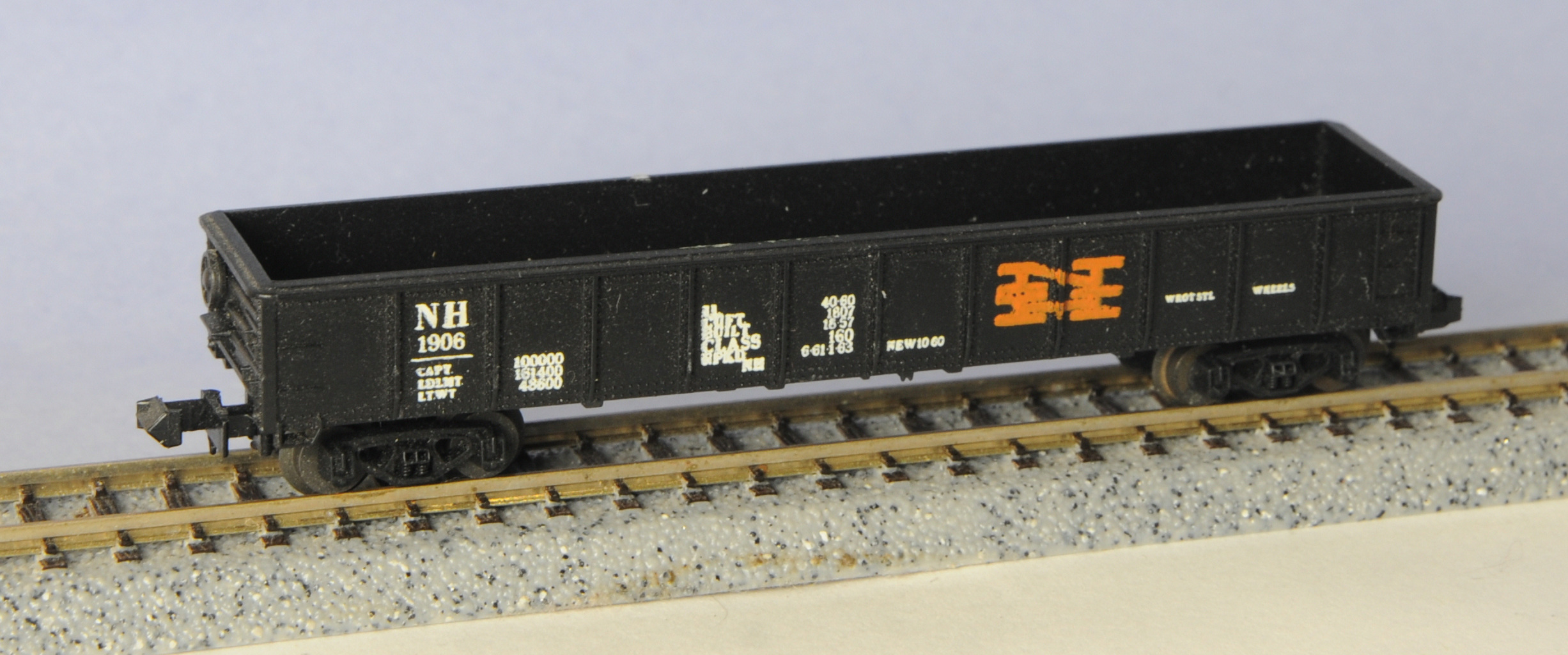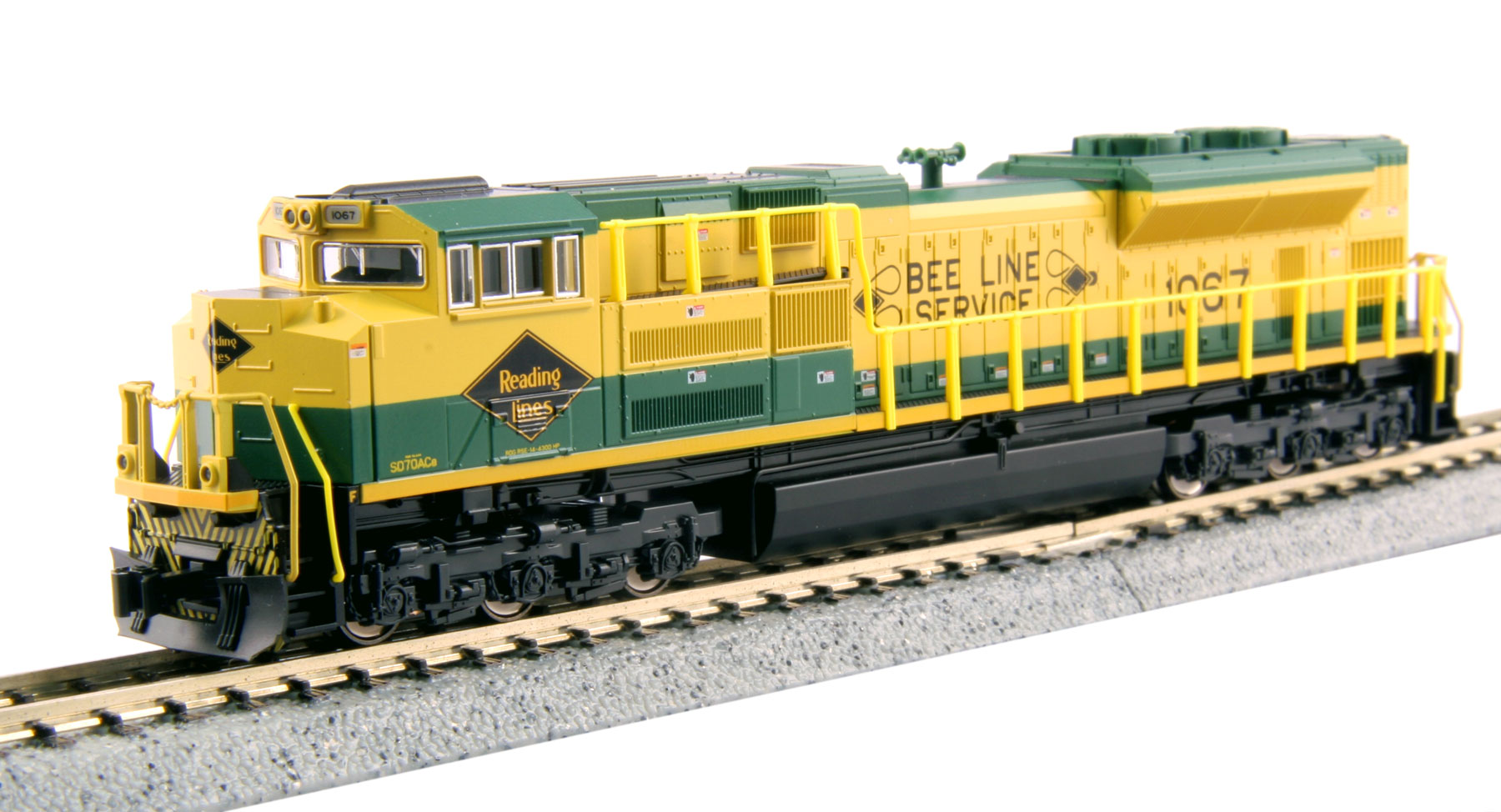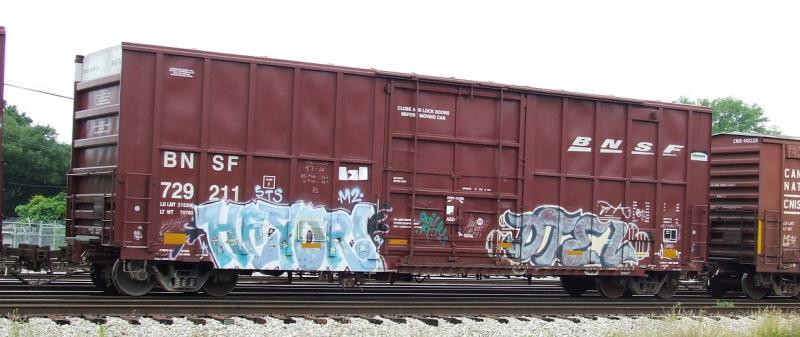Model Information: This MDC Roundhouse body style models a 50 Foot Hi-Cube Boxcar with a single plug door, riveted sides and no roofwalk. the model is reasonably close in detail to a typical Plate-F prototype boxcar such as is made by Greenbrier. The molds were acquired by Athearn/Horizon Hobbies in 2006 and are being re-released with upgrades (body-mount couplers and metal wheelsets) as of late (2017).
Prototype History: While the 40-foot boxcar was a standard design, and it did come in different setups depending on the type of freight being transported, it was not large enough for efficient mass commodity transportation. The 50-foot boxcar made its first appearance in the 1930s and steadily grew in popularity over the years, which further improved redundancies by allowing for even more space within a given car. Today, the 50-footer remains the common boxcar size. After the second world war ended, and steel became once again readily available, steel became the go-to choice for construction of boxcars. Pullman Standard and ACF were some of the most prolific builders of these cars.
In the 1960s, the flush, "plug" style sliding door was introduced as an option that provides a larger door to ease loading and unloading of certain commodities. The tight-fitting doors are better insulated and allow a car's interior to be maintained at a more even temperature.
The 50 foot hi-cube boxcar fleet is similar to a 50 foot standard car with an additional 2 feet of interior height. This is known as a "Plate F" boxcar. 50 foot Hi-Cube boxcars typically have a load capacity of 100 tons and are equipped with cushion underframes and plug doors. These cars are used primarily in rolled paper service as the extra height is needed to accommodate the larger rolls that are now commonplace. They can also be used for similar commodities handled in other 50’ or 60’ boxcars.
In the 1960s, the flush, "plug" style sliding door was introduced as an option that provides a larger door to ease loading and unloading of certain commodities. The tight-fitting doors are better insulated and allow a car's interior to be maintained at a more even temperature.
The 50 foot hi-cube boxcar fleet is similar to a 50 foot standard car with an additional 2 feet of interior height. This is known as a "Plate F" boxcar. 50 foot Hi-Cube boxcars typically have a load capacity of 100 tons and are equipped with cushion underframes and plug doors. These cars are used primarily in rolled paper service as the extra height is needed to accommodate the larger rolls that are now commonplace. They can also be used for similar commodities handled in other 50’ or 60’ boxcars.
Road Name History: 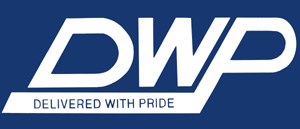 The DW&P was the result of the 1909 reorganization of the Duluth Rainy Lake & Winnipeg Railway. Under the control of the Canadian Northern, the DW&P completed their 167 mile line from Duluth, Minnesota, northwest to Fort Frances, Ontario on the U.S.-Canada border in 1912. At Fort Frances they connected with CNor’s mainline between Winnipeg and Thunder Bay. Canadian Northern became part of Canadian National in 1918 and control of DW&P passed to them at that time.
The DW&P was the result of the 1909 reorganization of the Duluth Rainy Lake & Winnipeg Railway. Under the control of the Canadian Northern, the DW&P completed their 167 mile line from Duluth, Minnesota, northwest to Fort Frances, Ontario on the U.S.-Canada border in 1912. At Fort Frances they connected with CNor’s mainline between Winnipeg and Thunder Bay. Canadian Northern became part of Canadian National in 1918 and control of DW&P passed to them at that time.
Their largest steam locomotive was a single 2-8-2. Most of the steam fleet consisted of 2-8-0s. The diesel fleet has run from a dozen to a dozen and a half units over the years. They have only had 4 models in the fleet – ever: RS-11’s (which were delivered with a long-hood-forward configuration like parent CN), SD40’s, GP38-2’s and a single NW2. Yes, DW&P was another railroad to have never bought a cab unit. The first diesel paint scheme was essentially the same as Canadian National’s from the same period, green and gold with black lettering. In 1960, CN turned to black with red ends and big white noodle logos. Although DW&P went with the paint color, apparently you just can’t boil a noodle long enough to spell “DW&P” so they went with simple gothic initials instead. Later, they adopted CN’s black and red with big diagonal white bands on the long hood. Later, DW&P went to solid Morency Orange with white frame stripe. Then DW&P ownership was transferred to CN’s US holding company Grand Trunk Corporation. At this point they began painting their engines blue with red ends such as that used on Grand Trunk Western..
The 1995 privitization of Canadian National brought the absorbtion of operations and the separate identities for GTW and DW&P (CV had been spun off.) Duluth Winnipeg & Pacific, known by locals as “The Peg”, is now a paper railroad and it is fairly common to see CN cars with DWP reporting marks.

Their largest steam locomotive was a single 2-8-2. Most of the steam fleet consisted of 2-8-0s. The diesel fleet has run from a dozen to a dozen and a half units over the years. They have only had 4 models in the fleet – ever: RS-11’s (which were delivered with a long-hood-forward configuration like parent CN), SD40’s, GP38-2’s and a single NW2. Yes, DW&P was another railroad to have never bought a cab unit. The first diesel paint scheme was essentially the same as Canadian National’s from the same period, green and gold with black lettering. In 1960, CN turned to black with red ends and big white noodle logos. Although DW&P went with the paint color, apparently you just can’t boil a noodle long enough to spell “DW&P” so they went with simple gothic initials instead. Later, they adopted CN’s black and red with big diagonal white bands on the long hood. Later, DW&P went to solid Morency Orange with white frame stripe. Then DW&P ownership was transferred to CN’s US holding company Grand Trunk Corporation. At this point they began painting their engines blue with red ends such as that used on Grand Trunk Western..
The 1995 privitization of Canadian National brought the absorbtion of operations and the separate identities for GTW and DW&P (CV had been spun off.) Duluth Winnipeg & Pacific, known by locals as “The Peg”, is now a paper railroad and it is fairly common to see CN cars with DWP reporting marks.
Brand/Importer Information:  MDC Roundhouse was founded in California in 1938 and relocated in 1993 to Carson City, Nevada due to statewide restrictions on painting. MDC Roundhouse was a producer of both RTR (Ready-to-Run) and kit versions of N Scale rolling stock as well as RTR locomotives. They entered the N scale market in 1979 with a Thrall Hi-Side Gondola and a Hi-Cube Single Door Box Car. MDC Roundhouse was purchased by Horizon Hobbies in June of 2004, when its owner since 1938 C. H. Menteer retired, and merged into their Athearn line.
MDC Roundhouse was founded in California in 1938 and relocated in 1993 to Carson City, Nevada due to statewide restrictions on painting. MDC Roundhouse was a producer of both RTR (Ready-to-Run) and kit versions of N Scale rolling stock as well as RTR locomotives. They entered the N scale market in 1979 with a Thrall Hi-Side Gondola and a Hi-Cube Single Door Box Car. MDC Roundhouse was purchased by Horizon Hobbies in June of 2004, when its owner since 1938 C. H. Menteer retired, and merged into their Athearn line.
Unlike many of their contemporaries which contracted with European firms to produce their products, MDC made their own toolings. They made several popular body styles and produced them for road names that many other vendors (even Micro-Trains) wouldn't touch. This made them popular with modelers. Also, their un-assembled "kits" permitted a lower price point so they were popular with "runners" as well as "modelers".
Of particular interest was the attention given to modern 50 foot steel boxcars. They made some attempt to accurately mold the differences into distinct models to represent each of the major prototype manufacturers products. They have distinct toolings not only for the different products from FMC, BFF and PS, but also multiple models for each of these manufacturers including "standard" vs "Youngstown" doors and "waffle" vs. "rib" sides. In total they produced 13 different versions of the 50 foot steel boxcar.

Unlike many of their contemporaries which contracted with European firms to produce their products, MDC made their own toolings. They made several popular body styles and produced them for road names that many other vendors (even Micro-Trains) wouldn't touch. This made them popular with modelers. Also, their un-assembled "kits" permitted a lower price point so they were popular with "runners" as well as "modelers".
Of particular interest was the attention given to modern 50 foot steel boxcars. They made some attempt to accurately mold the differences into distinct models to represent each of the major prototype manufacturers products. They have distinct toolings not only for the different products from FMC, BFF and PS, but also multiple models for each of these manufacturers including "standard" vs "Youngstown" doors and "waffle" vs. "rib" sides. In total they produced 13 different versions of the 50 foot steel boxcar.
Item created by: gdm on 2018-05-15 10:11:48. Last edited by CNW400 on 2020-06-12 10:49:25
If you see errors or missing data in this entry, please feel free to log in and edit it. Anyone with a Gmail account can log in instantly.
If you see errors or missing data in this entry, please feel free to log in and edit it. Anyone with a Gmail account can log in instantly.




